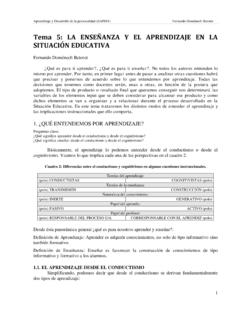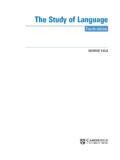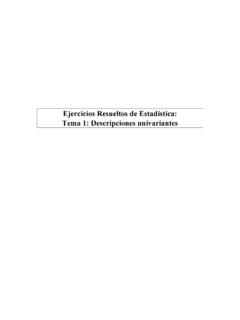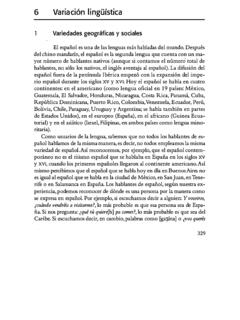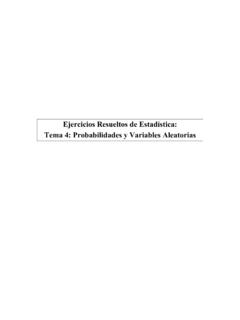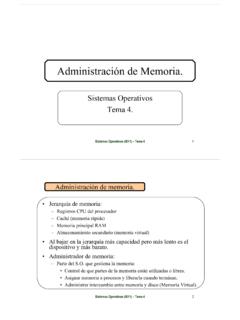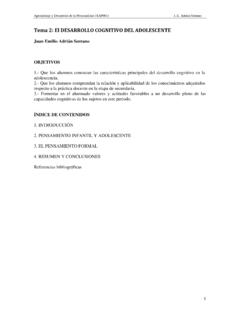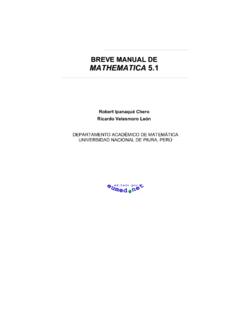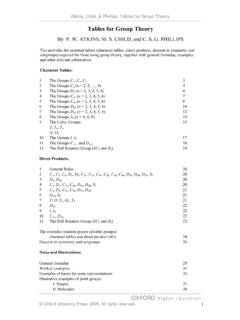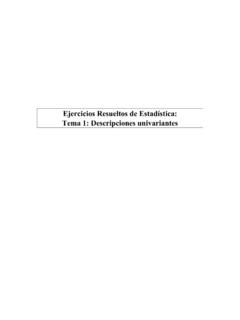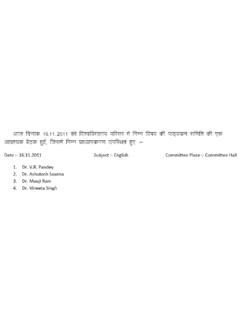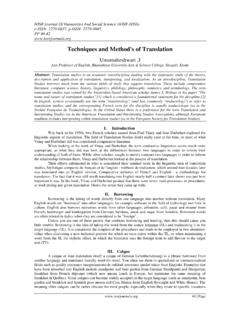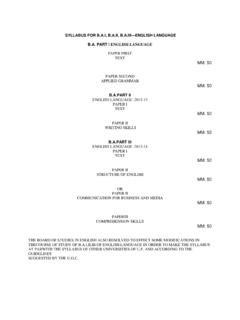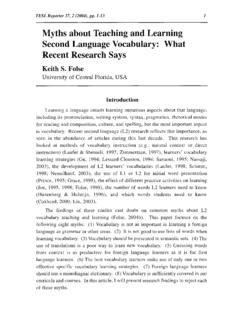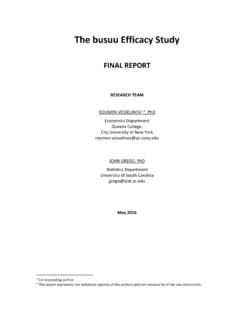Transcription of Translation procedures, strategies and methods
1 Translation procedures , strategies and methods by Mahmoud Ordudari Abstract Translating culture-specific concepts (CSCs) in general and allusions in particular seem to be one of the most challenging tasks to be performed by a translator; in other words, allusions are potential problems of the Translation process due to the fact that allusions have particular connotations and implications in the source language (SL) and the foreign culture (FC) but not necessarily in the TL and the domestic culture. There are some procedures and strategies for rendering CSCs and allusions respectively.
2 The present paper aims at scrutinizing whether there exists any point of similarity between these procedures and strategies and to identify which of these procedures and strategies seem to be more effective than the others. Keywords: Allusion, culture-specific concept, proper name, SL, TL. 1. Introduction ranslation typically has been used to transfer written or spoken SL texts to equivalent written or spoken TL texts. In general, the purpose of Translation is to reproduce various kinds of texts including religious, literary, scientific, and philosophical texts in another language and thus making them available to wider readers.
3 If language were just a classification for a set of general or universal concepts, it would be easy to translate from an SL to a TL; furthermore, under the circumstances the process of learning an L2 would be much easier than it actually is. In this regard, Culler (1976) believes that languages are not nomenclatures and the concepts of one language may differ radically from those of another, since each language articulates or organizes the world differently, and languages do not simply name categories; they articulate their own ( ). The conclusion likely to be drawn from what Culler (1976) writes is that one of the troublesome problems of Translation is the disparity among languages.
4 The bigger the gap between the SL and the TL, the more difficult the transfer of message from the former to the latter will be. The difference between an SL and a TL and the variation in their cultures make the process of translating a real challenge. Among the problematic factors involved in Translation such as form, meaning, style, proverbs, idioms, etc., the present paper is going to concentrate mainly on the procedures of translating CSCs in general and on the strategies of rendering allusions in particular. 2. Translation procedures , strategies and methods The translating procedures , as depicted by Nida (1964) are as follow: I.
5 Technical procedures : A. analysis of the source and target languages; B. a through study of the source language text before making attempts translate it; C. Making judgments of the semantic and syntactic approximations. (pp. 241-45) II. Organizational procedures : constant reevaluation of the attempt made; contrasting it with the existing available translations of the same text done by other translators, and checking the text's communicative effectiveness by asking the target language readers to evaluate its accuracy and effectiveness and studying their reactions (pp. 246-47). Krings (1986:18) defines Translation strategy as "translator's potentially conscious plans for solving concrete Translation problems in the framework of a concrete Translation task," and Seguinot (1989) believes that there are at least three global strategies employed by the translators: (i) translating without interruption for as long as possible; (ii) correcting surface errors immediately; (iii) leaving the monitoring for qualitative or stylistic errors in the text to the revision stage.
6 Moreover, Loescher (1991:8) defines Translation strategy as "a potentially conscious procedure for solving a problem faced in translating a text, or any segment of it." As it is stated in this definition, the notion of consciousness is significant in distinguishing strategies which are used by the learners or translators. In this regard, Cohen (1998:4) asserts that "the element of consciousness is what distinguishes strategies from these processes that are not strategic." Furthermore, Bell (1998:188) differentiates between global (those dealing with whole texts) and local (those dealing with text segments) strategies and confirms that this distinction results from various kinds of Translation problems.
7 Venuti (1998:240) indicates that Translation strategies "involve the basic tasks of choosing the foreign text to be translated and developing a method to translate it." He employs the concepts of domesticating and foreignizing to refer to Translation strategies . Jaaskelainen (1999:71) considers strategy as, "a series of competencies, a set of steps or processes that favor the acquisition, storage, and/or utilization of information." He maintains that strategies are "heuristic and flexible in nature, and their adoption implies a decision influenced by amendments in the translator's objectives.
8 " Taking into account the process and product of Translation , Jaaskelainen (2005) divides strategies into two major categories: some strategies relate to what happens to texts, while other strategies relate to what happens in the process. Product-related strategies , as Jaaskelainen (2005:15) writes, involves the basic tasks of choosing the SL text and developing a method to translate it. However, she maintains that process-related strategies "are a set of (loosely formulated) rules or principles which a translator uses to reach the goals determined by the translating situation" ( ). Moreover, Jaaskelainen (2005:16) divides this into two types, namely global strategies and local strategies : "global strategies refer to general principles and modes of action and local strategies refer to specific activities in relation to the translator's problem-solving and decision-making.
9 " Newmark (1988b) mentions the difference between Translation methods and Translation procedures . He writes that, "[w]hile Translation methods relate to whole texts, Translation procedures are used for sentences and the smaller units of language" ( ). He goes on to refer to the following methods of Translation : Word-for-word Translation : in which the SL word order is preserved and the words translated singly by their most common meanings, out of context. Literal Translation : in which the SL grammatical constructions are converted to their nearest TL equivalents, but the lexical words are again translated singly, out of context.
10 Faithful Translation : it attempts to produce the precise contextual meaning of the original within the constraints of the TL grammatical structures. Semantic Translation : which differs from 'faithful Translation ' only in as far as it must take more account of the aesthetic value of the SL text. Adaptation: which is the freest form of Translation , and is used mainly for plays (comedies) and poetry; the themes, characters, plots are usually preserved, the SL culture is converted to the TL culture and the text is rewritten. Free Translation : it produces the TL text without the style, form, or content of the original.
